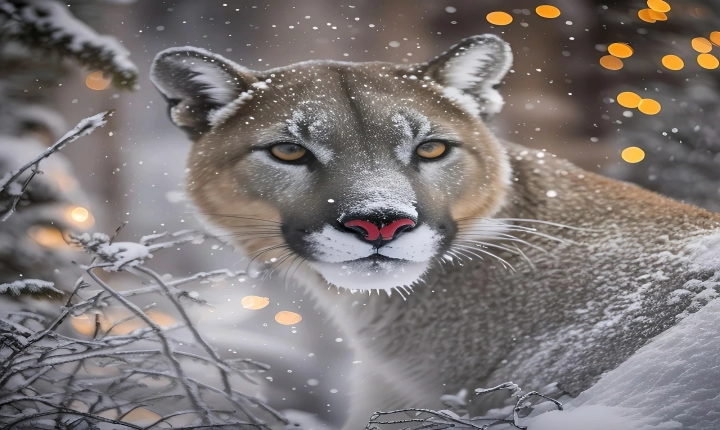Title: How Can You Tell If Art Is AI Generated?
Artificial intelligence (AI) has made significant strides in the field of creative arts, producing stunning pieces that challenge the traditional understanding of artistic creation. With the advancement of AI algorithms and machine learning techniques, it has become increasingly difficult to distinguish between art created by human hands and those generated by AI. This raises the question: How can you tell if art is AI generated?
One of the most common indicators of AI-generated art is its perfect precision and symmetry. AI algorithms have the capability to produce art with flawless geometric patterns and symmetrical compositions that exhibit a level of precision seldom achieved by human artists. These works often lack the imperfections and subtle irregularities that convey the human touch in traditional art.
Additionally, the use of unconventional color palettes and surreal imagery can also point to AI-generated art. AI algorithms can analyze massive datasets of art and generate compositions that blend different styles, colors, and forms in ways that may seem outlandish to human creators. These compositions often push the boundaries of traditional artistic conventions, resulting in visually striking but unconventional pieces.
Another telltale sign of AI-generated art is its replication of famous artistic styles or the amalgamation of multiple art styles. AI algorithms can be trained on extensive datasets of artworks from various periods and genres, enabling them to mimic the characteristics and techniques of renowned artists. This can result in art that closely resembles the works of masters such as Van Gogh, Picasso, or Da Vinci, making it challenging for the untrained eye to discern its AI origins.
Furthermore, the use of generative adversarial networks (GANs) in AI art creation often leads to the production of hyper-realistic or dreamlike images that appear almost too perfect to have been made by a human. GANs work by pitting two neural networks against each other, with one generating the art and the other assessing its authenticity. This process can yield art that blurs the line between reality and imagination, making it challenging to discern whether it was created by a machine or a human artist.
As technology continues to advance, the boundaries between human and AI-generated art will become increasingly blurred. However, understanding the characteristics and markers of AI-generated art can help art enthusiasts and critics appreciate the unique qualities and potential of AI as a creative tool. Whether it’s the precision, unconventional compositions, replication of famous styles, or hyper-realistic imagery, these indicators can provide insight into the origins of a piece of art and open up discussions about the role of AI in the future of artistic expression.
In conclusion, as AI-generated art continues to make waves in the art world, it’s essential to develop a critical understanding of its distinctive attributes. By recognizing the hallmarks of AI-generated art, we can better appreciate the evolving landscape of creativity and explore the fascinating intersections between technology and artistic expression.
